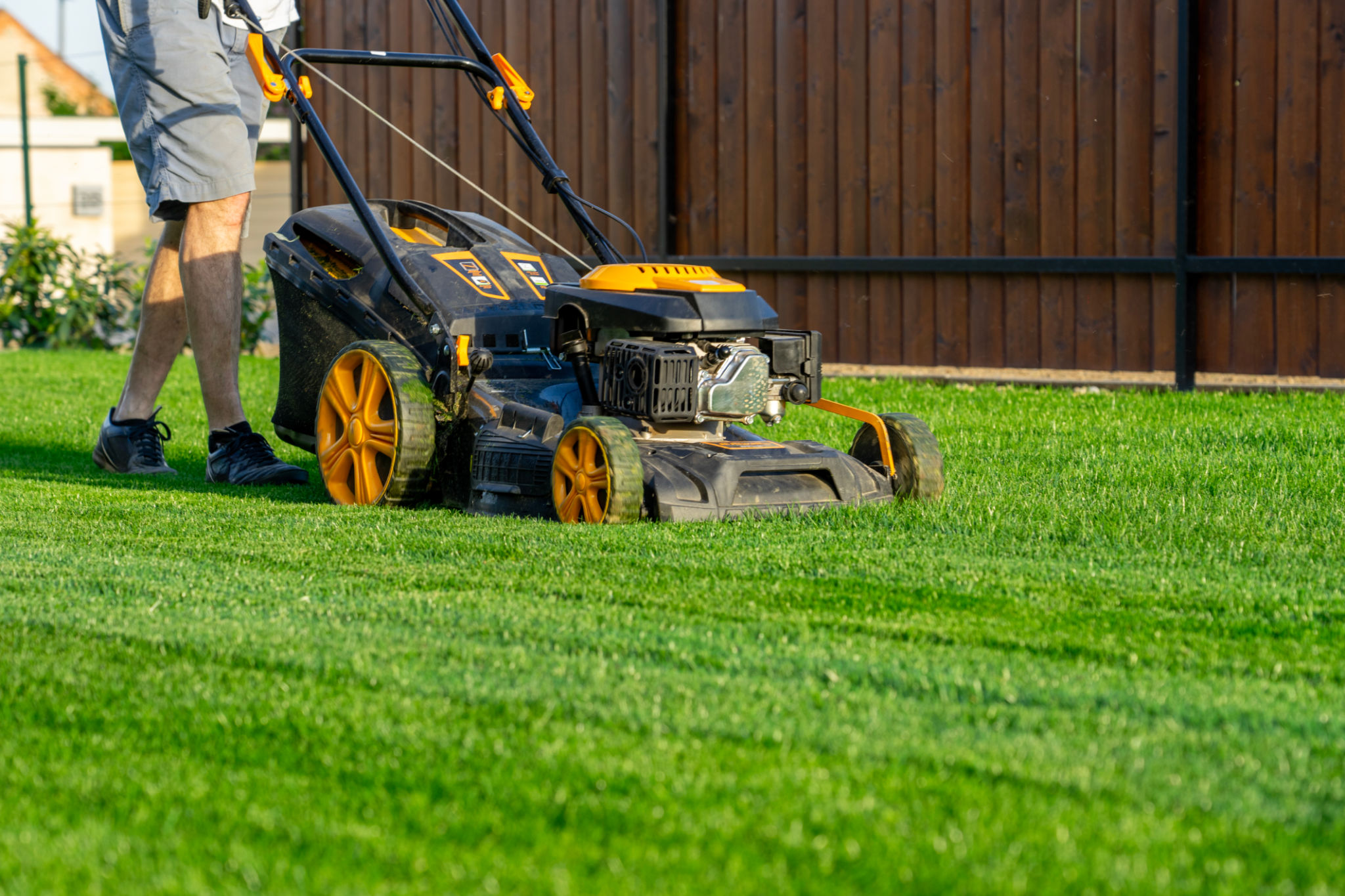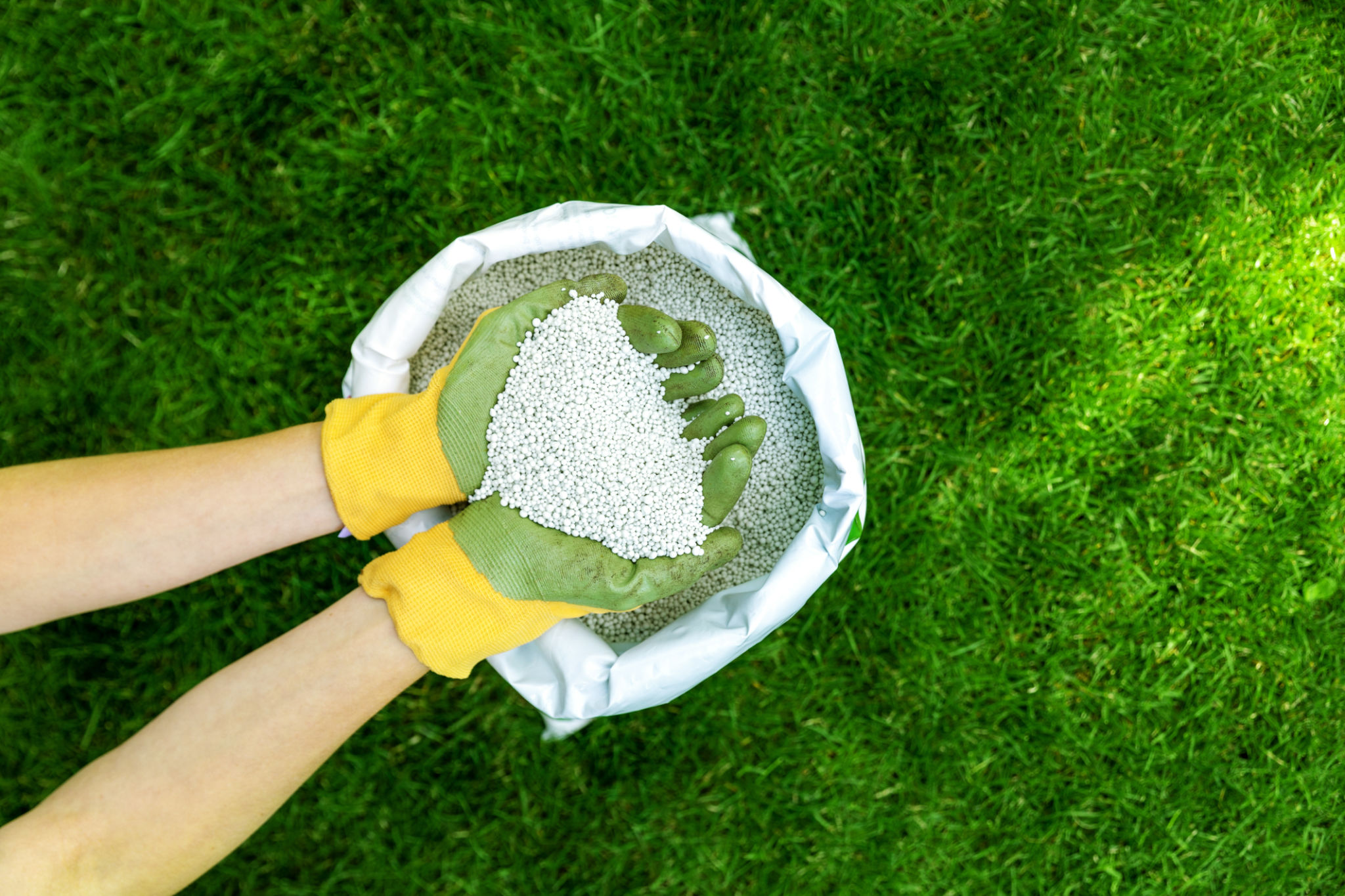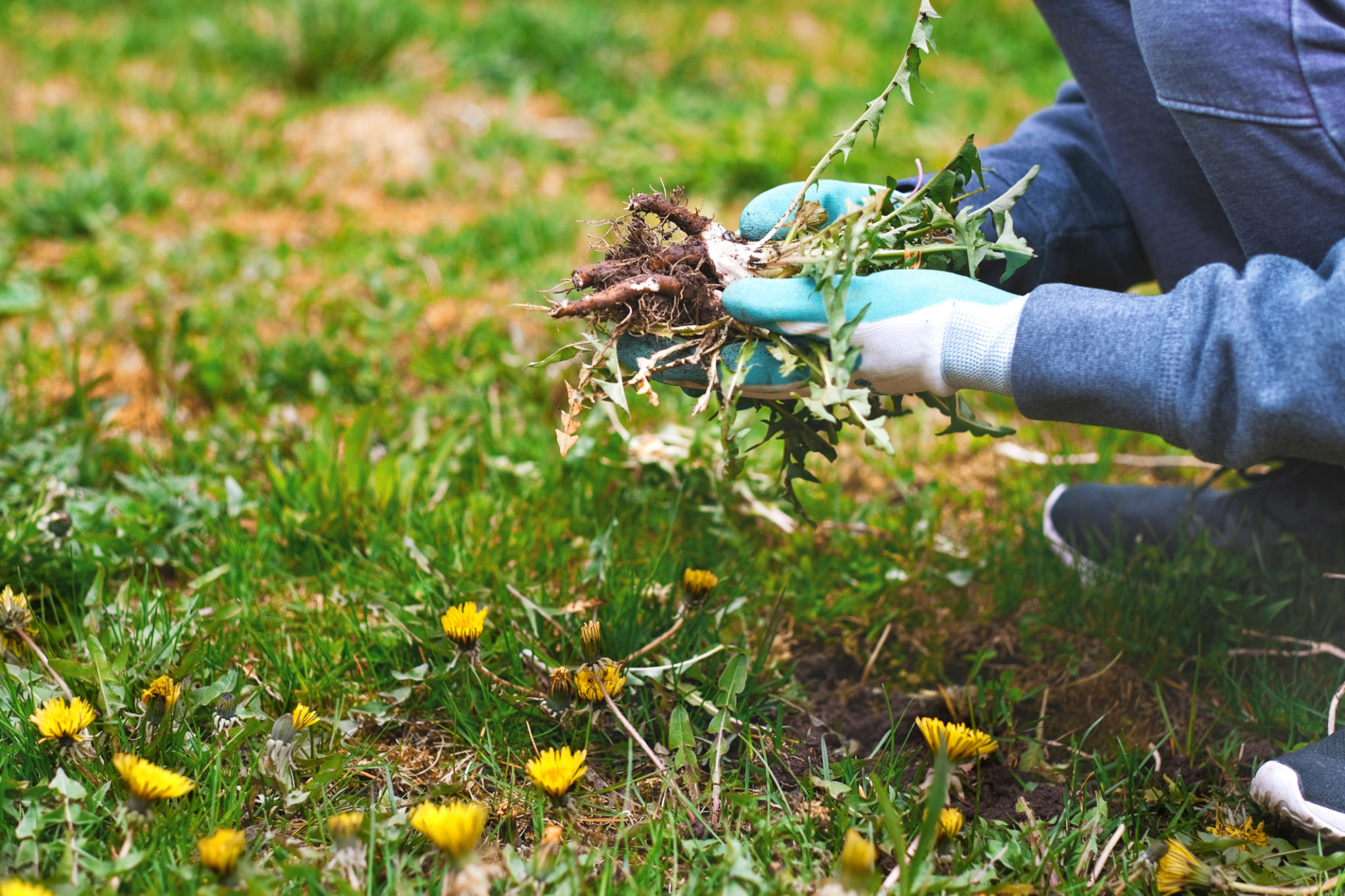DIY Lawn Care Tips from the Pros: How to Achieve a Lush Lawn
Ro
Understanding Your Lawn's Needs
A lush, green lawn is not just a pleasure to look at but also a testament to good care and maintenance. However, achieving that perfect lawn requires understanding its unique needs. Grass type, soil quality, and climate are key factors in determining the specific care your lawn requires. By tailoring your approach based on these elements, you can create an environment where your lawn thrives.
Begin by identifying the type of grass you have. Cool-season grasses like fescue and rye thrive in cooler climates, whereas warm-season grasses such as Bermuda and zoysia prefer warmer temperatures. This knowledge will guide your watering, fertilization, and mowing schedules.

Essential Lawn Care Tips
Proper Mowing Techniques
Mowing may seem straightforward, but doing it correctly can make all the difference. Always keep your mower blades sharp for a clean cut, and avoid cutting more than one-third of the grass height at a time. This prevents stress on the grass and reduces the risk of disease.
The ideal mowing height varies by grass type. For instance, Bermuda grass should be kept around 1-1.5 inches tall, while fescue should be maintained at 2.5-3.5 inches. Mow regularly to keep your lawn healthy.

Watering Wisely
Effective watering is crucial for a healthy lawn. Water deeply but infrequently to encourage deep root growth. Early morning is the best time to water, as it reduces evaporation and fungal diseases. A general rule is to provide about one inch of water per week, including rainfall.
Invest in a rain gauge to track rainfall and ensure your lawn is receiving adequate moisture without overwatering. Remember that different grasses have varying water needs, so adjust accordingly.

Enhancing Lawn Health
Aeration and Overseeding
Aeration involves perforating the soil with small holes to allow air, water, and nutrients to penetrate the grass roots. This process helps alleviate soil compaction and promotes root growth. Aerate your lawn at least once a year, preferably during the growing season for your grass type.
Following aeration, overseeding can help improve lawn density and fill in bare patches. Choose a seed blend that matches your existing lawn for the best results.
Fertilization Strategies
Fertilizing provides essential nutrients that keep your lawn healthy and vibrant. Use a slow-release fertilizer in spring and fall to feed your lawn gradually over time. Consider a soil test to determine any nutrient deficiencies and select a fertilizer that addresses those specific needs.
Organic fertilizers are an eco-friendly option that can improve soil health without harmful chemicals. Apply fertilizers evenly, following the recommended application rates to avoid burning your lawn.

Pest and Weed Control
Pests and weeds can quickly undermine your efforts to maintain a lush lawn. Implementing an integrated pest management (IPM) approach can help control these issues effectively while minimizing environmental impact.
For weeds, proper mowing, watering, and fertilization can prevent many problems by promoting a thick, healthy lawn that naturally suppresses weed growth. When necessary, consider targeted herbicides or natural remedies like vinegar for spot treatments.
For pest control, encourage beneficial insects like ladybugs and use biological controls when possible. Regularly inspect your lawn for signs of pest activity and address issues promptly to prevent widespread damage.

By following these DIY lawn care tips from the pros, you'll be well on your way to achieving a lush and beautiful lawn that enhances your home's curb appeal. With consistent care and attention tailored to your specific lawn's needs, you can enjoy a thriving green space year-round.
